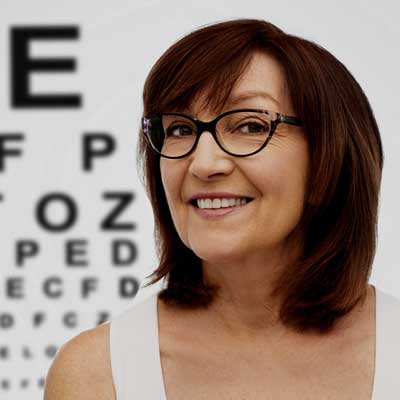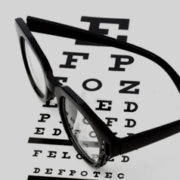Other AMD FAQs
What is more common, the wet or dry form of AMD?
The dry form is much more common. More than 85 percent of all people with intermediate and advanced AMD combined have the dry form. However, if only advanced AMD is considered, about two-thirds of patients have the wet form. Because almost all vision loss comes from advanced AMD, the wet form leads to significantly more vision loss than the dry form.
Can the dry form turn into the wet form of AMD?
Yes. All people who have the wet form had the dry form first. The dry form can advance and cause vision loss without turning into the wet form. The dry form also can suddenly turn into the wet form, even during early stage AMD. There is no way to tell if or when the dry form will turn into the wet form.
Wet AMD can now be treated with a new drug that is injected into the eye (antiVEGF therapy). Abnormally high levels of a specific growth factor occur in eyes with Wet AMD and promote the growth of abnormal new blood vessels. This drug treatment blocks the effects of the growth factor. You will need multiple injections, usually given about six weeks apart. The eye is numbed before each injection. After the injection, you will remain in the doctor’s office for a while and your eye will be monitored. As with photodynamic therapy, the main benefit for patients treated with the drug is to slow vision loss from AMD.
What can I do to protect my vision?
If you have Dry AMD, you should have a comprehensive dilated eye exam at least once a year. Your eye care specialist will check for eye diseases and monitor your condition. Because dry AMD can turn into wet AMD at any time, you should get an Amsler grid from your eye care professional. Use the grid every day to evaluate your vision for signs of wet AMD.
If you have wet AMD and your doctor advises treatment, do not wait. After laser surgery or photodynamic therapy, you will need frequent eye exams to detect any recurrence of leaking blood vessels. Studies show that people who smoke have a greater risk of recurrence than those who don’t. In addition, check your vision at home with the Amsler grid. If you detect any changes, schedule an eye exam immediately.
What can I do if I already have lost some of my vision from AMD?
If you have lost some sight from AMD, don’t be afraid to use your eyes for reading, watching TV, and other routine activities. Normal use of your eyes will not cause further damage to your vision. Ask your eye care professional about low vision services and devices that may help you make the most of your remaining vision.







